Many Indians believe that the caste system no longer operates in India. It has been illegal for decades and new, progressive ideas about life-chances and employment have taken over. But a close examination of the data tells a different story. Caste is alive in India but it has taken a new form argues Ashwini Desphpande.
The year was 1936. Mohandas Karamchand Gandhi and Bhimrao Ambedkar, two titans of the Indian nationalist movement and leaders of the Congress Party were engaged in a debate over the nature of the caste system. Gandhi wrote: “The law of varna teaches us that we have each one of us to earn our bread by following the ancestral calling.’ Ambedkar wrote a sharp rejoinder and asked: “Must a man follow his ancestral calling even if it does not suit his capacities, even when it has ceased to be profitable? Must a man live by his ancestral calling even if he finds it immoral…[it] is not only an impossible and impractical ideal, but it is also a morally indefensible ideal.”
Ambedkar’s main point described the reality behind the caste system, that it was a “system based on the principle of each according to his birth”, not an ordinary division of labour based on abilities or merit. Those who were born into the untouchable castes were condemned to a life of stigma, discrimination, oppression and humiliation. Ambedkar was to deliver a speech to the Jat Pat Todak Mandal (Society for the annihilation of caste) titled “Annihilation of Caste”, which remained undelivered, but went on to become a definitive statement on why the caste system could not be reformed but had to be destroyed altogether. The practice of the case system has been illegal in India since 1947, but the reality is that caste simply has a new grammar.
Caste Annihilated? No, it has a new grammar
Since 1991, India has seen a rapid rise in new opportunities due to globalization and liberalization, but upper castes have benefitted disproportionately through these. The lower ranked castes are often deficient in basic skills needed to take advantage of new opportunities. India has seen a steady expansion of educational opportunity through the decades. Thus, access to higher education has expanded, but translation into occupational mobility has not been straightforward due to the presence of labour market discrimination. Thus, the reality behind the caste system is that caste continues to mediate economic outcomes and continues to assert its presence in society and politics.
Ambedkar described the reality behind the caste system, that it was a “system based on the principle of each according to his birth”, not an ordinary division of labour based on abilities or merit.
Contemporary Caste Disparities: Merit and Modernism
There is a wealth of evidence on the long-standing disparities in material outcomes by broad caste groups: education, occupation, consumption expenditure, wages, asset ownership etc. Many believe that these disparities are either largely rural or a hangover of discrimination in the past. There is a strong and pervasive belief that caste discrimination is absent from contemporary urban formal sector India.
The debate about the degree of persistence of the caste system centres around the relationship between caste and occupation, because the caste system assigned specific occupations to castes.







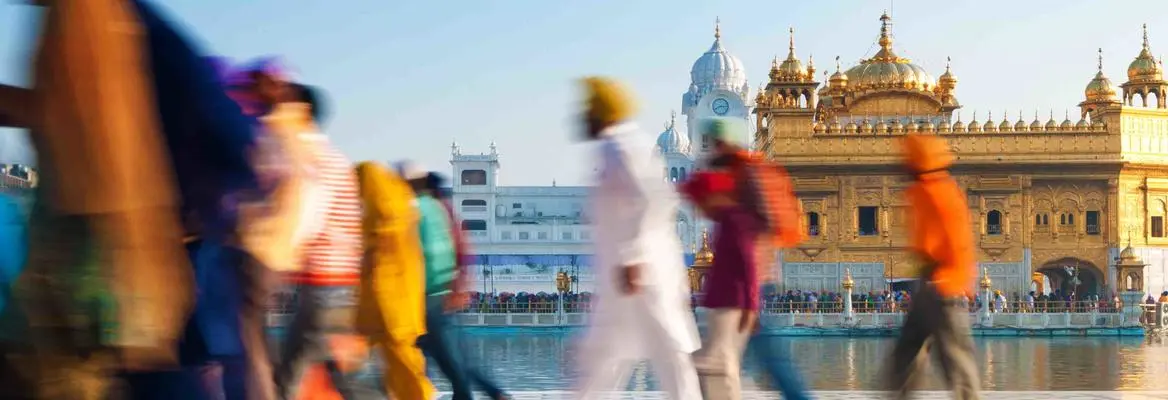




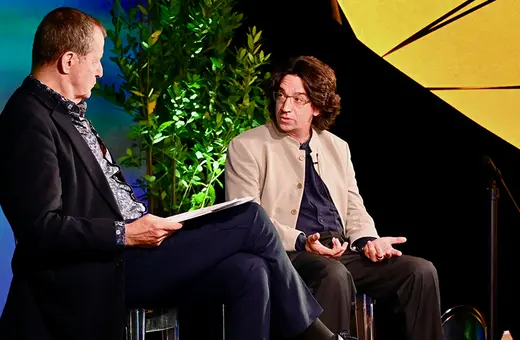

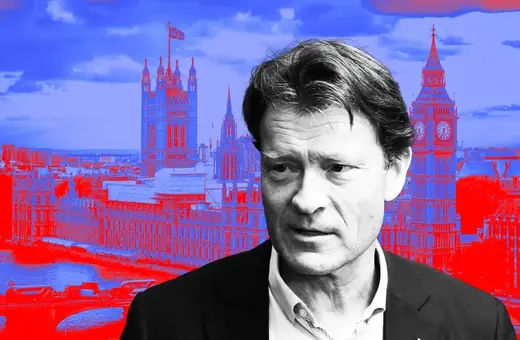
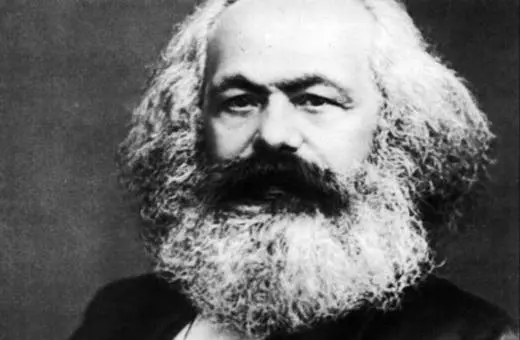
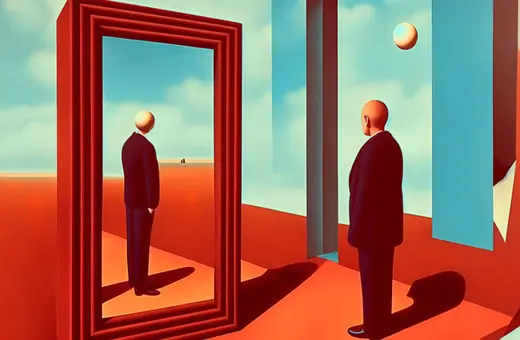
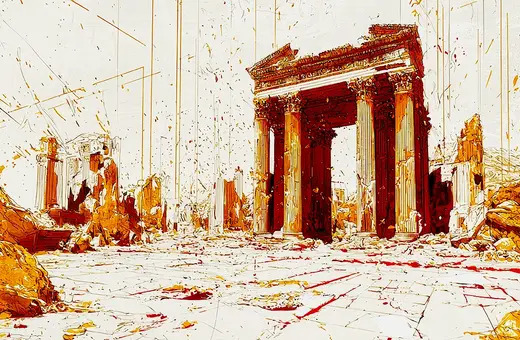
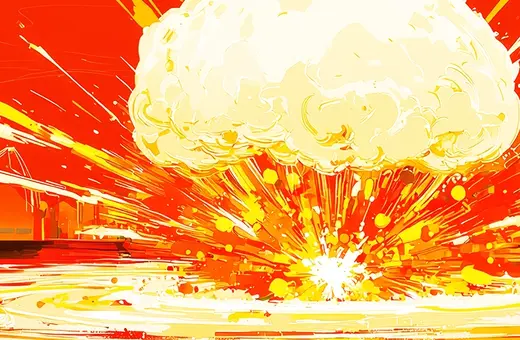
Join the conversation